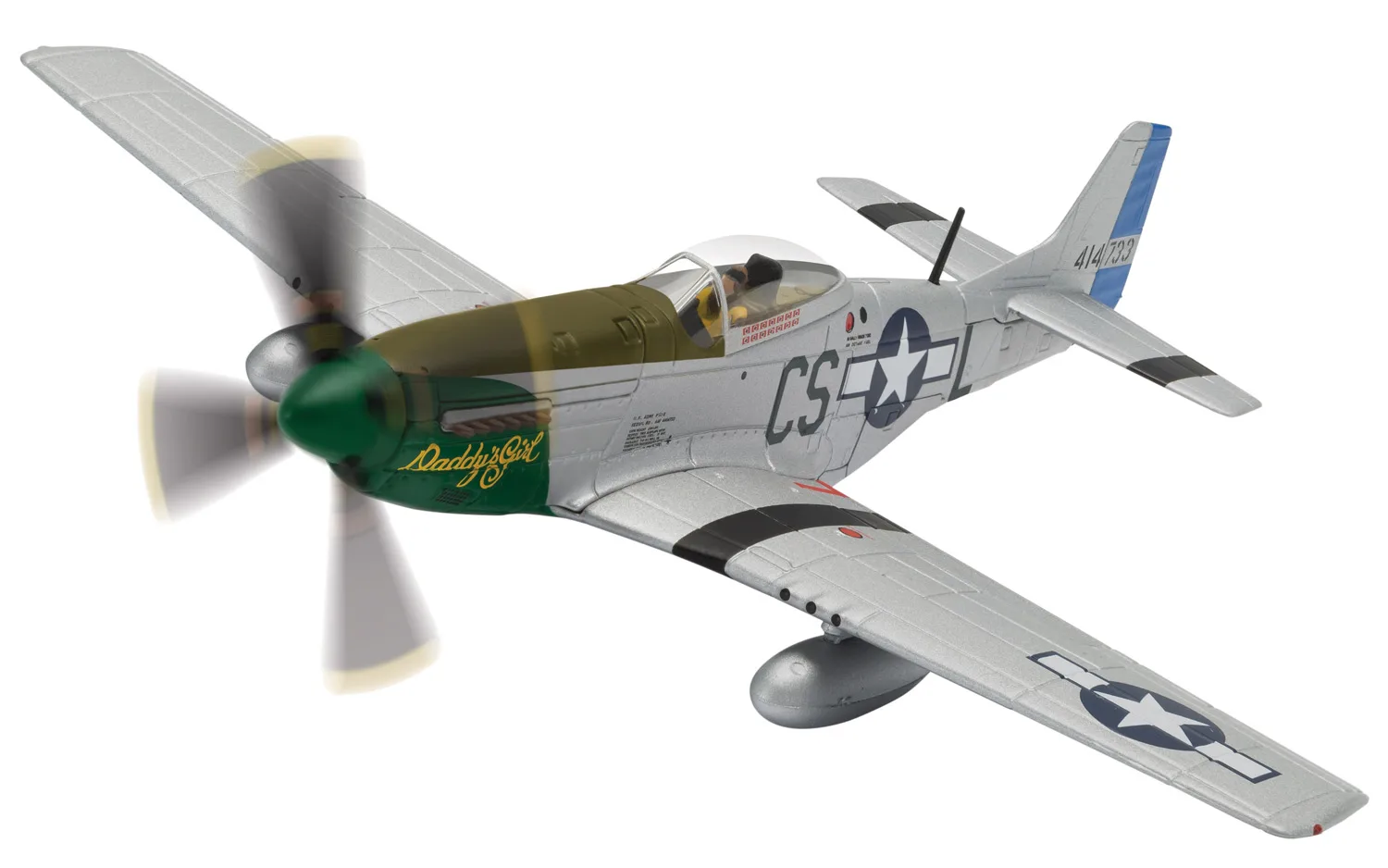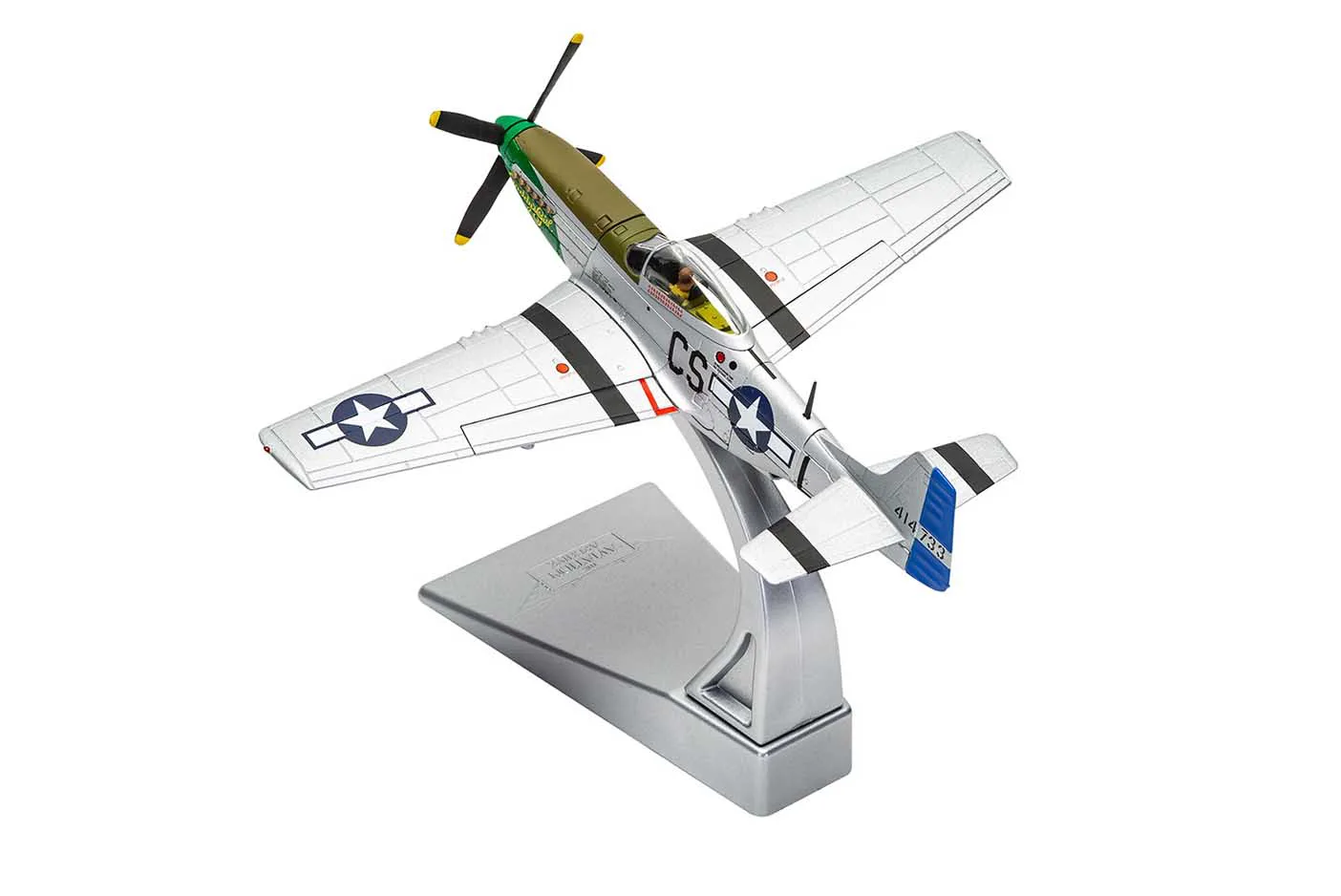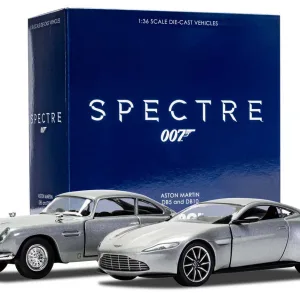North American P-51D Mustang 44-14733/CS-L Daddy s Girl , Capt. Ray Wetmore, 370th Fighter Squadron, 359th Fighter Group, East Wretham, Norfolk 1945
Without doubt one of the finest fighter aircraft in the history of flight, the North American Mustang owed much to British ingenuity in bringing out its many exceptional qualities. Originally designed in response to a British request for a capable single engined fighter, the Mustang was transformed as a fighting aircraft by replacing the original Allison V-12 engine with the ubiquitous Rolls-Royce Merlin powerplant. Its performance was further enhanced when an ingenious British light weight drop tank was developed to further extend its range and allow it to escort USAAF bombers all the way to their targets, deep into Germany.
Manufactured from laminated and glued craft paper, these single use drop tanks were far lighter than their costly metal counterparts, but provided enough additional fuel for up to eight hours flying time. Now the USAAF formations would attempt to coax German fighters into the air, so that supporting Mustangs could begin the final destruction of the Luftwaffe. Although, not before they had jettisoned their under-wing paper fuel tanks.
As one of the most distinctive P-51D Mustangs of the European theatre, ‘Daddy s Girl was the mount of Captain Ray ‘X-ray eyes ‘ Wetmore, who became one of the leading USAAF Mustang aces of the war. His nickname comes from his uncanny reputation for spotting enemy aircraft well before any of his Squadron mates could pick them out and usually dispatching one or two of them. The Mustangs of the 359th Fighter Group had their noses painted in a light apple green colour, which was reputedly sourced from British paint stocks and has proved a notoriously difficult shade for historians to corroborate and modellers to replicate.
Named after his daughter Diane, ‘Daddy’s Girl ‘ had her most successful day on 14th January 1945, when Wetmore destroyed four Focke Wulf Fw 190s and shared in the destruction of a fifth, during the same mission. His final victory came against one of the elusive Messerschmitt Me 163 Komet rocket fighters on 15th March 1945, taking his final aerial victory tally to 21.25 enemy aircraft. By V.E Day, the 21-year-old Wetmore had attained the rank of Major.








